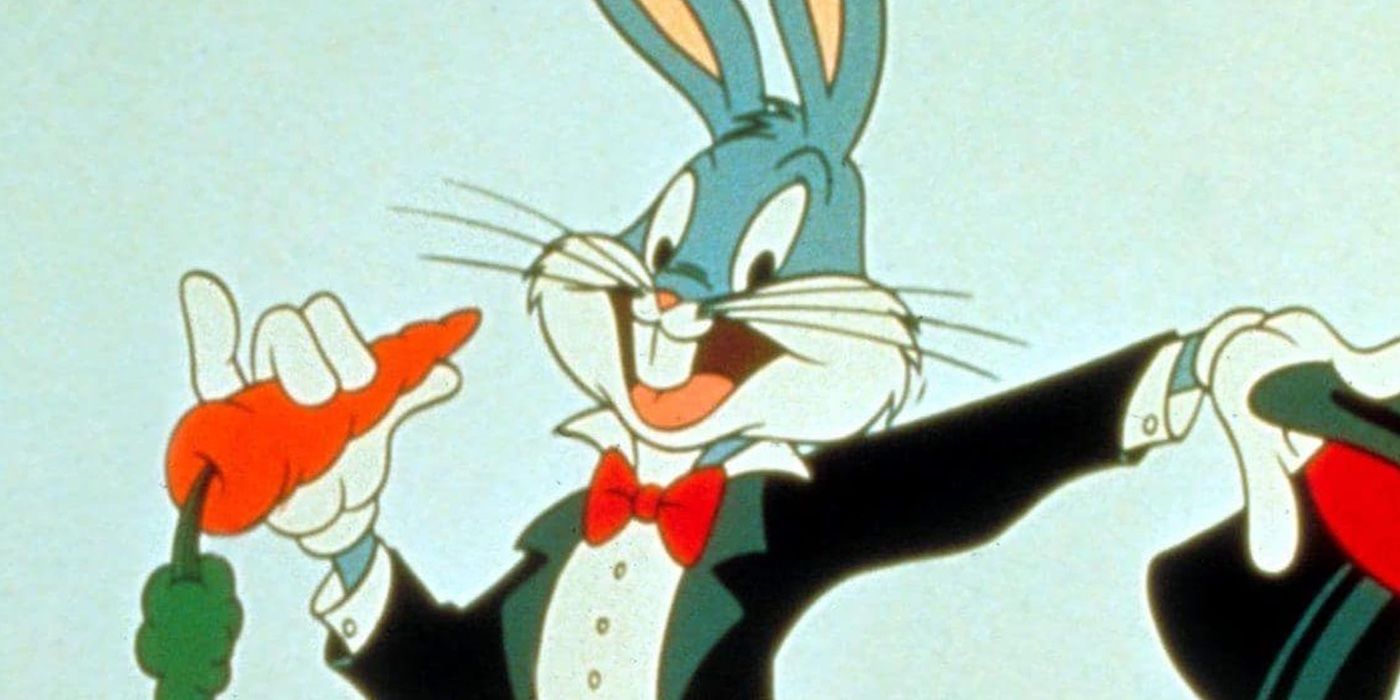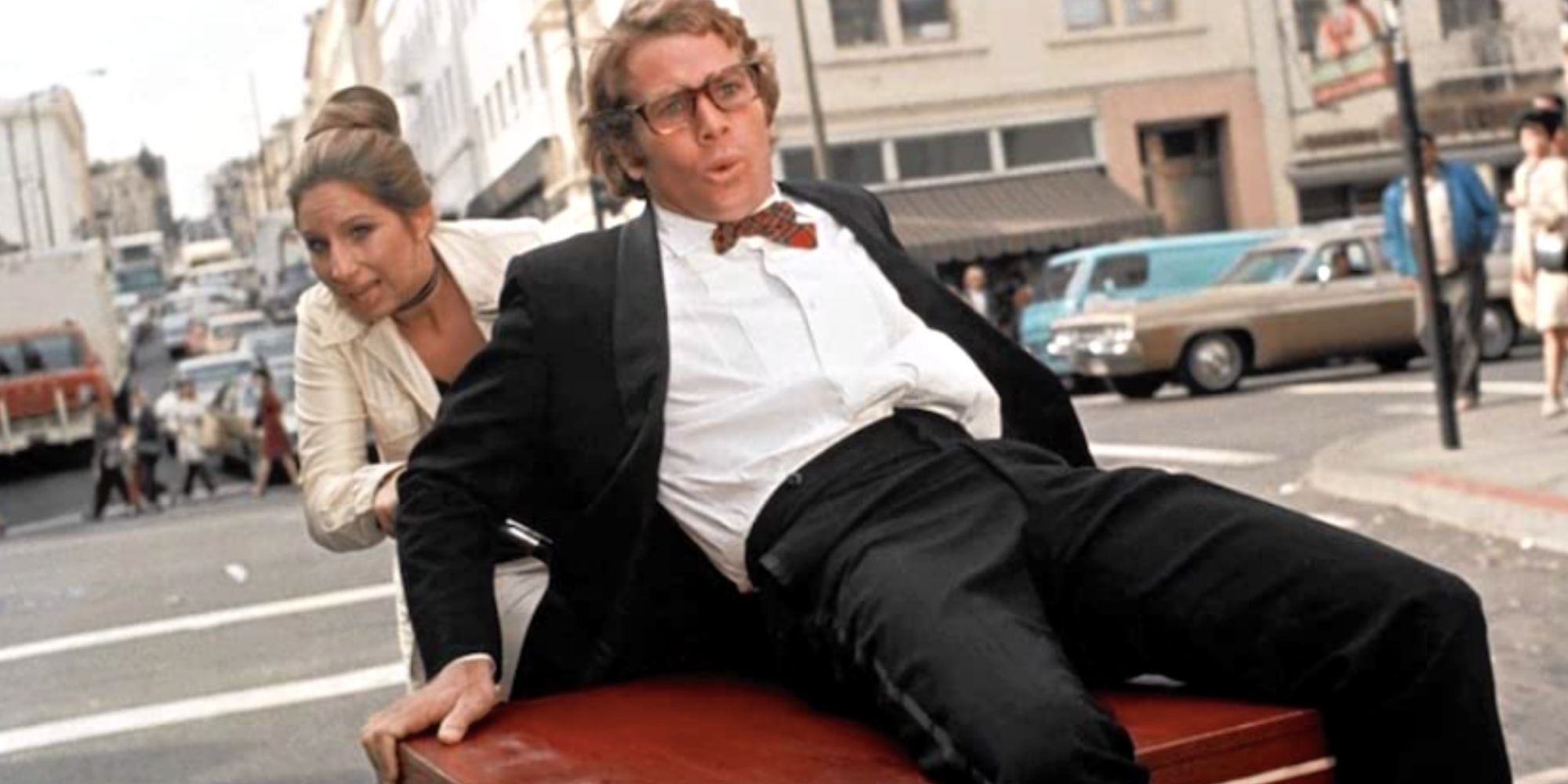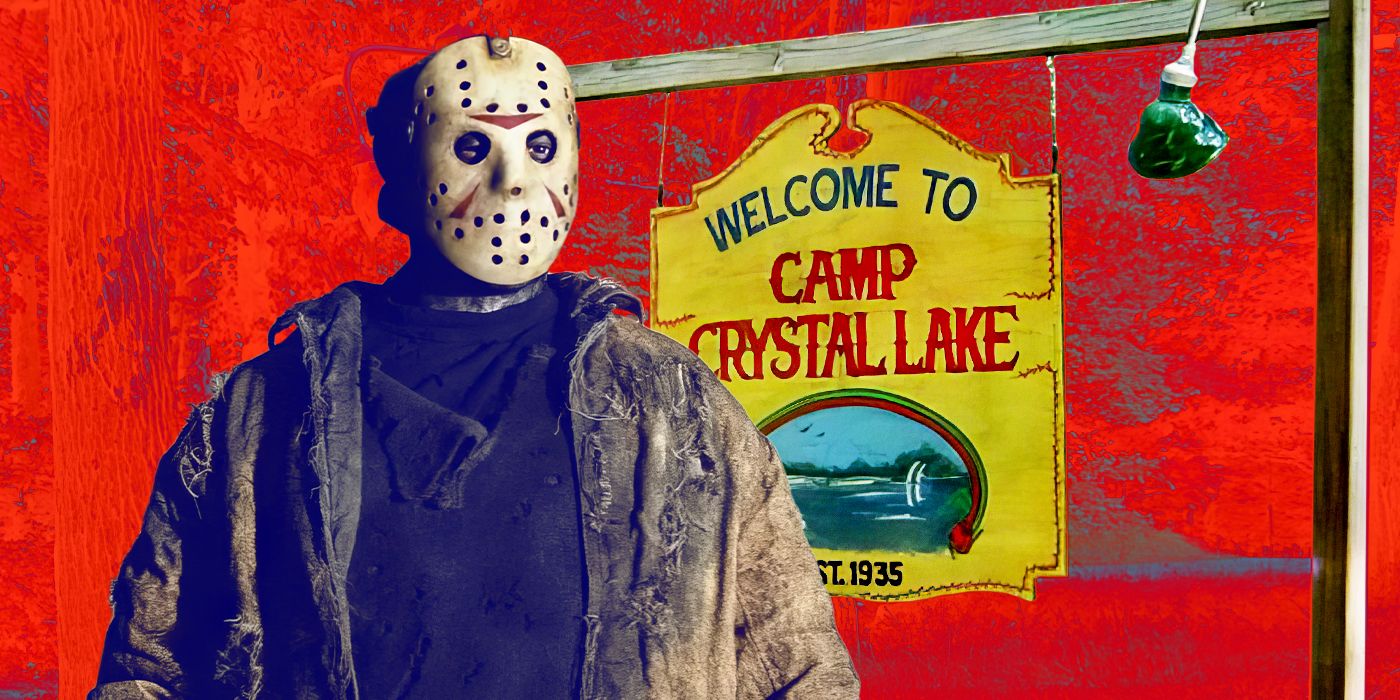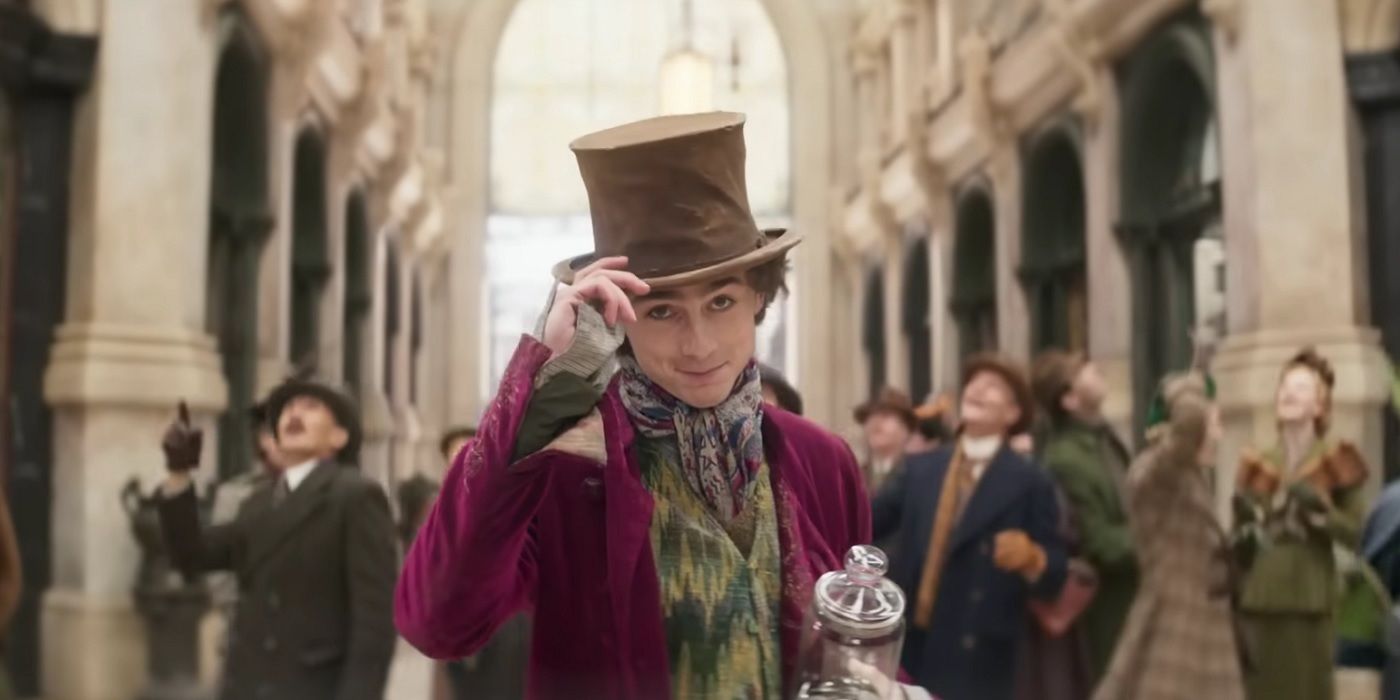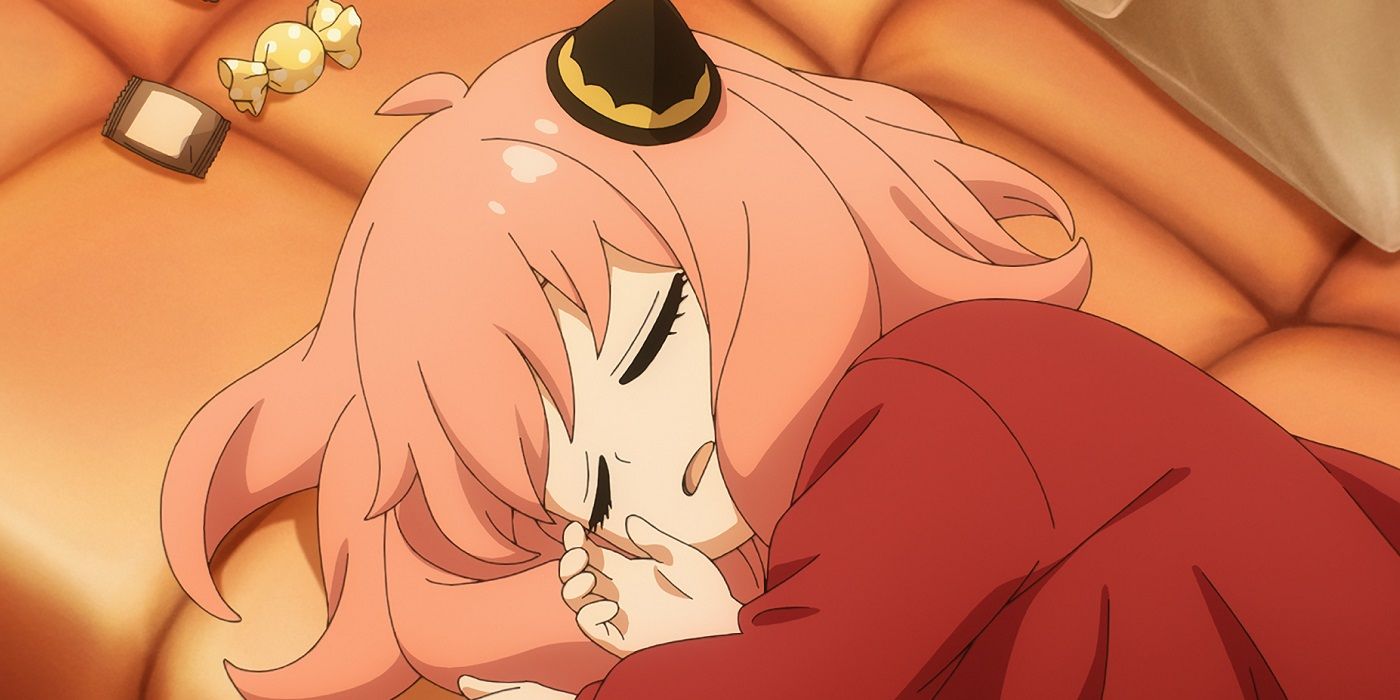The Big Picture
-
It Happened One Night
was the first film to win all “Big Five” Oscars, including Best Actor and Best Actress. - Bugs Bunny took on characteristics from Clark Gable’s character in the film, including the iconic carrot-eating scene.
- The film inspired a 1972 screwball romantic comedy,
What’s Up, Doc?
, paying homage to Bugs Bunny and other classic films.
1934’s It Happened One Night is inarguably one of Hollywood’s most influential films. It is one of only three movies, and the first, to win all “Big Five” Oscars in its year of eligibility, including Best Actor for Clark Gable and Best Actress for Claudette Colbert (no relation to Stephen Colbert, if you’re wondering – her real name was Lily Claudette Chauchoin). The romantic screwball comedy, directed by film-making legend Frank Capra, has a legacy that extends to this day. You can see its influence on When Harry Met Sally, Planes, Trains and Automobiles, and in WB’s Looney Tunes cartoons. More specifically, that wascally wabbit himself, Bugs Bunny. Wait, is yours truly a doggone idgit galoot who shoulda taken that left turn at Albuquerque? Nope, it’s true, and one of Bugs’ most famed traits is a direct homage to Gable’s character.
It Happened One Night
A renegade reporter trailing a young runaway heiress for a big story joins her on a bus heading from Florida to New York, and they end up stuck with each other when the bus leaves them behind at one of the stops.
- Release Date
- February 22, 1934
- Director
- Frank Capra
- Cast
- Clark Gable , Claudette Colbert , Walter Connolly , Roscoe Karns
- Runtime
- 105 minutes
- Main Genre
- Comedy
- Writers
- Robert Riskin , Samuel Hopkins Adams
Pampered Princess Meets Roguish Reporter in ‘It Happened One Night’
It Happened One Night starts aboard a yacht off the coast of Florida, where pampered socialite Ellen “Ellie” Andrews (Claudette Colbert) is being kept away from her famous aviator husband, King Westley (Jameson Thomas), by her millionaire father, Alexander Andrews (Walter Connolly). Harsh? Perhaps, but the pair eloped against his wishes and the astute Andrews knows Westley is only interested in Ellie’s money. Only she won’t hear of it and jumps off the ship to board a Greyhound bus, on her way to reunite with Westley in New York City. Also on board the bus is Peter Warne (Clark Gable), a newspaper reporter. Or at least, he was a newspaper reporter, having recently lost his job. But when Peter recognizes her, he senses an opportunity and gives her a choice, if you can call it that. In return for her exclusive story, he will help Ellie get back to her beau. If she declines, Peter tells dear old dad where Ellie is. Needless to say, Ellie opts for door number one.
To avoid arousing suspicion, Ellie and Peter pretend they are married, but when another bus passenger recognizes her, they leave the bus and begin hitchhiking. Not well, mind you, as car after car drives by until Ellie gets a driver in a Model T to stop by flashing one of her legs. As they draw closer to NYC, they fall in love, but it wouldn’t be a genre-defining movie if everything went smoothly, right? Peter leaves Ellie behind in the motel room (for the record, they put a blanket up as a room divider, so nothing sordid is going on here) to sell his story for money to marry Ellie, but Ellie believes Peter has deserted her. She calls her father, who agrees to let her marry Westley in a proper ceremony.
Peter arrives at Ellie’s home on the day of the wedding and meets Andrews, who offers him the reward money. Peter declines and asks only to be paid for his expenses (only love can explain the logic of declining $10,000 in favor of $39.60). Andrews has already heard Ellie’s side of the story and gets Peter to admit that he loves Ellie before he turns away. At the ceremony, Andrews tells Ellie that Peter refused the reward money, and her car is waiting at the back gate. You know, if she wants to blow off the loser before it’s too late. At the last minute, she does, leaving Westley at the altar to find Peter. A few days later, Westley calls Andrews and accepts his offer of a financial settlement instead of an annulment, freeing Ellie and Peter to get married and “topple the walls of Jericho.”
Clark Gable Gets Looney in ‘It Happened One Night’
Now Bugs Bunny has taken on many guises throughout his extensive career – manicurist, barber, opera diva, conductor, even Batman next to LeBron James‘ Robin in Space Jam: A New Legacy – but newspaper reporter doesn’t come to mind, so just what did Bugs borrow from Clark Gable’s Peter Warne? In It Happened One Night, there’s a scene where Peter is leaning against a fence while talking to Ellie. It just so happens that while talking, Peter is eating carrots, carrying on the conversation with Gable’s storied nonchalance while munching away. In comparing the scene from the film to any Bugs Bunny cartoon – literally any – it’s a pitch-perfect homage and one that has become synonymous with the famed Looney Tunes lapin. It’s also evident that Bugs’ suave nature is a nod to the Gone With the Wind actor.
But Bugs Bunny is fashioned after more than just Gable. Bugs, so named after animator Ben “Bugs” Hardaway‘s casual sketch of a rabbit character (a fellow employee named it “Bugs’s Bunny”), has elements of Douglas Fairbanks and a healthy dose of Groucho Marx, particularly Bugs’ smart aleck attitude and the way he handles his carrots, very much like Groucho’s ever-present cigar. Legendary animator Chuck Jonesfashioned the way Bugs halts mid-sprint, balanced on one foot, on Edgar Degas‘ paintings of ballet dancers. As for Bugs’ distinctive voice, Mel Blanc reasoned that a rascally rabbit would be a tough character, and no one’s tougher than a New Yorker, so either Brooklyn or the Bronx. Rather than choose, Blanc simply mixed the two accents.
Bugs Bunny Inspires a 1972 Screwball Romantic Comedy
Ironically, Bugs Bunny, partially inspired by the screwball romantic comedy It Happened One Night, would, in turn, inspire a 1972 movie in the same genre. Bugs’ long-standing catchphrase, “What’s up, doc?”, is reportedly attributed to Tex Avery, one of Bugs’ creators, who got it from his time in 1920’s Texas as a youth, when it was slang used to address others. That phrase lends itself to director Peter Bogdanovich‘s What’s Up, Doc?, which pairs Barbra Streisand and Ryan O’Neal as a musicologist and a charming trouble magnet, respectively, who get caught up in a madcap adventure surrounding mixed-up bags, top-secret government papers, and jewel thieves. The film is inspired by the screwball comedies of the 1930s and 1940s, including It Happened One Night, but more directly by Howard Hawks‘ 1938 Bringing Up Baby. The same AFI article notes that in the DVD audio commentary of the film, Bogdanovich reports that the garish colors of the sets and the slapstick elements of the plot were meant to convey the feeling that the story was like a cartoon.
That is where Bugs Bunny comes in. His catchphrase is the first line in the movie, and a scene from the Looney Tunes cartoon “What’s Up, Doc?” is screened on the plane at the end of the film when the two leads kiss. Streisand’s Judy is, like Bugs Bunny, “a principle of pure comic disorder, a commentary on and embodiment of the absurdity of the universe, or at least the part of it called San Francisco.” Harron Walker, a writer for W, goes so far as to say of the film, “It’s like the best episode of Looney Tunes, but instead of Bugs Bunny, it’s a hot lady.” Of course, Bugs Bunny would go on to inspire far more, but that, dear reader, is an article for another time.
It Happened One Night is available to rent on Apple TV+ in the U.S.
RENT ON APPLE TV+

